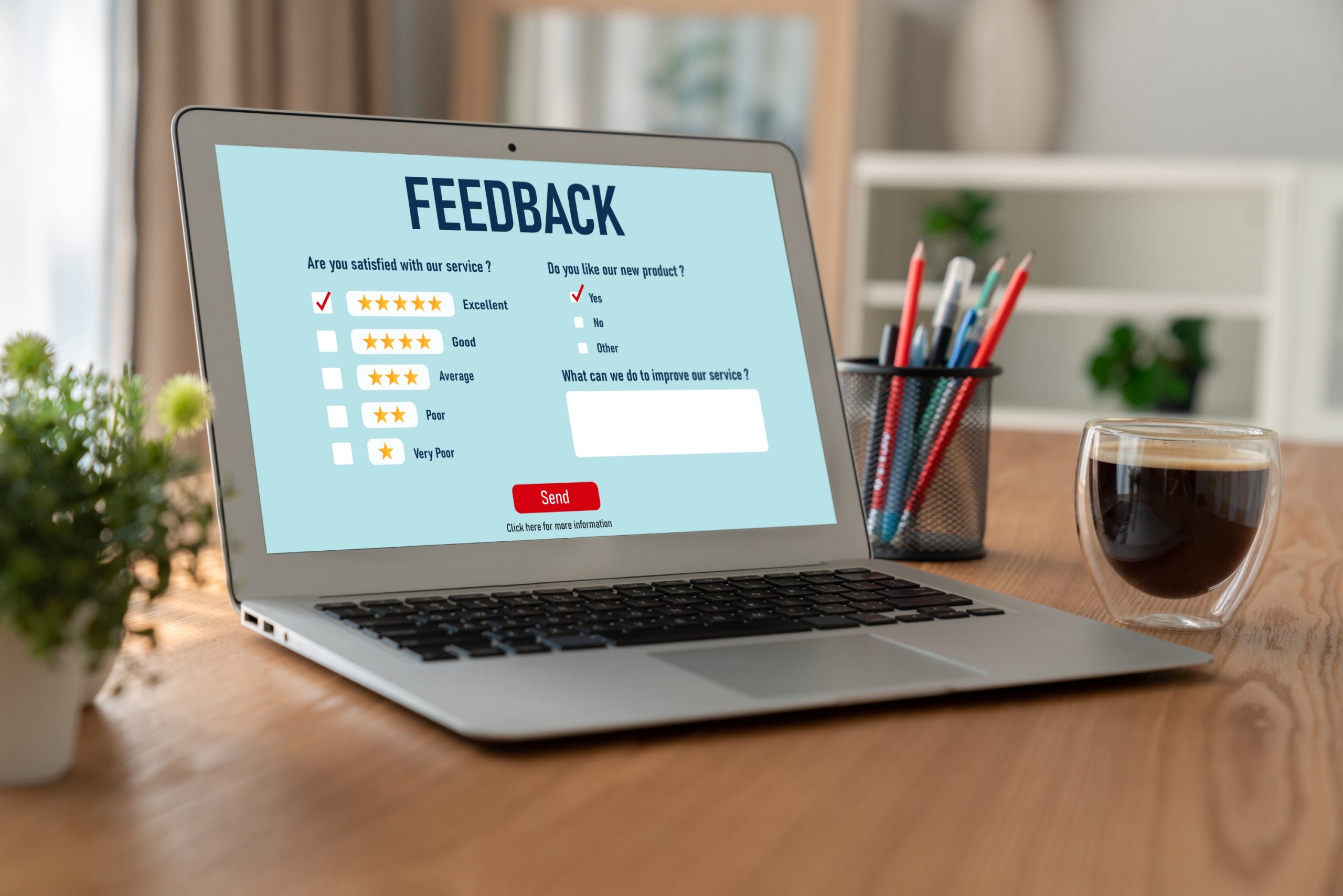
In the realm of design, creating products that truly resonate with users requires more than just creativity and technical expertise. It necessitates a deep understanding of the end-users—their needs, preferences, and pain points. This is where user feedback becomes invaluable in the design process because it is crucial for crafting exceptional user experiences.
Here’s why user feedback is so important and how it can be effectively utilised.
1. Ensuring User-Centric Designs
The primary goal of any design project should be to meet the needs and expectations of its users. User feedback provides direct insights into what users want, how they interact with your product, and where they encounter difficulties. By understanding these aspects, designers can create user-centric designs that are intuitive, functional, and enjoyable to use.
Example: A software company developing a new app might gather feedback from beta testers to identify confusing navigation elements. This information allows designers to make adjustments that improve the overall user experience.
2. Identifying Pain Points Early
Incorporating user feedback early in the design process can help identify potential issues before they become major problems. This proactive approach allows designers to address usability issues, design flaws, and other pain points early, reducing the risk of costly revisions later on.
Example: During the wireframing stage of a website redesign, user feedback might reveal that certain features are hard to find. Designers can then reorganize the layout to enhance visibility and accessibility.
3. Improving Usability
User feedback is essential for enhancing the usability of a product. Usability testing involves observing users as they interact with a prototype or live product and gathering their feedback on the experience. This process highlights areas where users struggle, enabling designers to make iterative improvements that enhance ease of use.
Example: An e-commerce site might use usability testing to discover that users have difficulty completing the checkout process. By simplifying the steps and improving the interface based on feedback, the site can increase conversion rates and customer satisfaction.
4. Validating Design Decisions
Designers often have to make numerous decisions throughout the design process. User feedback serves as a validation tool to ensure that these decisions are aligned with user preferences and needs. This validation can prevent potential missteps and ensure that the final product resonates with its intended audience.
Example: A mobile app design team might test different colour schemes with users to determine which one is more appealing and accessible. Feedback from these tests helps validate the chosen colour palette.
5. Fostering Continuous Improvement
The design process doesn’t end with the launch of a product. Continuous user feedback is crucial for ongoing improvement and refinement. By regularly collecting and analysing feedback, designers can keep the product relevant, address emerging issues, and incorporate new features that users desire.
Example: A social media platform might use ongoing user feedback to introduce new features, improve existing functionalities, and resolve any user-reported bugs. This continuous loop of feedback and improvement helps maintain user engagement and satisfaction.
6. Building User Trust and Loyalty
Involving users in the design process shows that their opinions and experiences matter. This fosters a sense of ownership and loyalty among users, as they feel valued and heard. Products that reflect user input are more likely to meet their needs, leading to higher satisfaction and long-term loyalty.
Example: A fitness app that regularly surveys its users for feedback and implements their suggestions will likely see increased user retention and positive word-of-mouth recommendations.
How to Effectively Gather and Utilize User Feedback
To maximize the benefits of user feedback, it’s essential to gather and utilize it effectively. Here are some strategies:
- Surveys and Questionnaires: Use surveys to collect quantitative data on user preferences, satisfaction levels, and specific areas for improvement.
- User Interviews: Conduct one-on-one interviews to gain deeper insights into user behaviours, motivations, and pain points.
- Usability Testing: Observe users as they interact with your product to identify usability issues and gather qualitative feedback.
- Beta Testing: Release a beta version of your product to a select group of users to gather early feedback and make necessary adjustments before the official launch.
- Feedback Forms: Include feedback forms within your product to allow users to share their thoughts and experiences at any time.
- Analytics Tools: Use analytics tools to track user behaviour and identify patterns that can inform design improvements.
Conclusion
User feedback is a cornerstone of successful design. It ensures that products are user-centric, identifies and resolves pain points early, improves usability, validates design decisions, fosters continuous improvement, and builds user trust and loyalty.
At Designkroo, we are committed to integrating user feedback to create designs that truly reflect the minds of our clients. Get a free trial today.





